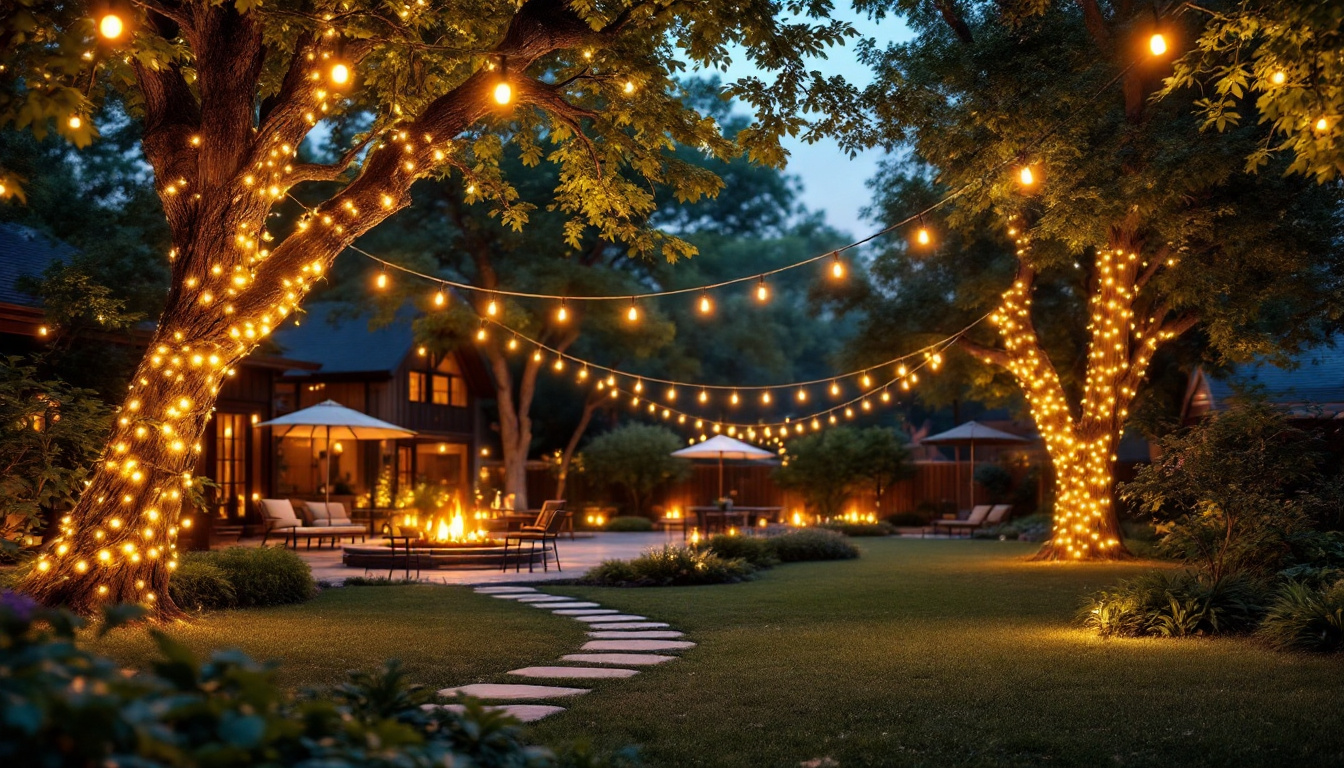
The lighting industry has witnessed a significant transformation over recent years, with LED technology emerging as a leading alternative to traditional fluorescent tubes. This transition is not merely a trend; it represents a fundamental change in how lighting is perceived, utilized, and integrated into various environments. For lighting contractors, understanding this shift is crucial for staying competitive and meeting the evolving needs of clients.
Fluorescent tubes have long been a staple in commercial and industrial settings, offering reasonable efficiency and affordability. However, the drawbacks associated with fluorescent lighting, such as flickering, warm-up time, and the presence of hazardous materials, have prompted many to seek more sustainable and efficient solutions. LEDs, with their numerous advantages, have positioned themselves as the preferred choice for many applications.
LEDs, or light-emitting diodes, offer a plethora of benefits that make them an attractive option for lighting contractors. One of the most significant advantages is their energy efficiency. LEDs consume significantly less power than fluorescent tubes, which translates to lower electricity bills for clients. This energy efficiency not only benefits the environment but also enhances the overall cost-effectiveness of lighting solutions.
Additionally, LEDs have a longer lifespan compared to traditional fluorescent tubes. While fluorescent lights may last around 7,000 to 15,000 hours, LEDs can last upwards of 25,000 to 50,000 hours or more. This longevity reduces the frequency of replacements, leading to lower maintenance costs and less waste, which is an appealing aspect for environmentally conscious clients. Furthermore, many LED products are now designed to be dimmable, providing even greater control over lighting levels and allowing for customized atmospheres in various settings.
Another critical factor to consider is the quality of light produced by LEDs. Unlike fluorescent tubes, which often emit a harsh, cold light, LEDs provide a more consistent and pleasant illumination. They are available in various color temperatures, allowing contractors to tailor lighting solutions to specific environments and client preferences. This flexibility is particularly beneficial in settings such as retail spaces, offices, and healthcare facilities, where lighting plays a vital role in ambiance and functionality.
Moreover, the color rendering index (CRI) of LED lights is often superior to that of fluorescent options. A higher CRI means that colors appear more vibrant and true to life, which is essential in applications like art galleries or fashion retail, where accurate color representation is crucial. As a result, clients are increasingly drawn to LED solutions not just for their efficiency but also for the enhanced visual experience they provide. The ability to create dynamic lighting scenarios with LEDs, such as color-changing capabilities and smart lighting integration, further elevates their appeal, making them a versatile choice for modern lighting design.
While the benefits of transitioning to LED technology are compelling, lighting contractors may encounter several challenges during this process. Understanding these obstacles is essential for maximizing success and ensuring a smooth transition for clients.
One of the primary challenges contractors face is client resistance to change. Many clients have been accustomed to fluorescent lighting for years and may be hesitant to invest in a new technology that they are unfamiliar with. It is crucial for contractors to educate clients on the advantages of LEDs and address any concerns they may have regarding performance, cost, and installation.
Providing case studies or testimonials from satisfied customers can be an effective way to demonstrate the benefits of LED lighting. Additionally, offering a trial period or pilot project can help clients experience the advantages firsthand, easing their transition and building trust in the new technology. Furthermore, contractors can leverage visual aids such as before-and-after photos or interactive demonstrations to showcase the aesthetic and functional improvements that LED lighting can bring to their spaces.
Another hurdle that lighting contractors may face is the initial cost associated with LED installations. While LEDs offer long-term savings, the upfront investment can be a deterrent for some clients, particularly in budget-sensitive projects. Contractors must be prepared to present a comprehensive cost-benefit analysis that highlights the long-term savings associated with reduced energy consumption and maintenance costs.
In some cases, contractors may also explore financing options or rebates available for energy-efficient upgrades. Many utility companies offer incentives for businesses transitioning to LED lighting, which can significantly offset initial costs and make the investment more appealing. Additionally, contractors can assist clients in navigating these financial opportunities, helping them understand the application processes and eligibility requirements, thereby making the transition to LED lighting not only a sustainable choice but also a financially sound one.
Moreover, contractors should emphasize the durability and longevity of LED fixtures, which can last significantly longer than traditional lighting solutions. By highlighting the reduced frequency of replacements and the associated labor costs, contractors can further alleviate concerns about upfront expenses. This approach not only reinforces the economic benefits of LEDs but also positions the contractor as a knowledgeable partner in the client’s energy efficiency journey.
Before making any recommendations, it is essential for contractors to conduct thorough assessments of the client’s existing lighting systems. This includes evaluating the current layout, understanding the specific lighting needs of the space, and identifying any potential challenges that may arise during the transition.
By gaining a comprehensive understanding of the client’s requirements, contractors can tailor their proposals to meet specific needs, ensuring that the new LED solutions provide optimal performance and efficiency. This personalized approach can significantly enhance client confidence in the proposed changes.
Lighting contractors should aim to provide comprehensive solutions that encompass not only the installation of LED fixtures but also any necessary upgrades to electrical systems, controls, and fixtures. This holistic approach ensures that all aspects of the lighting system are optimized for performance and efficiency.
Incorporating smart lighting controls, such as dimmers, sensors, or automated systems, can further enhance the benefits of LED lighting. These technologies allow clients to manage their energy consumption more effectively, leading to additional savings and improved user experience.
As the demand for LED lighting continues to grow, effective marketing strategies become increasingly important for lighting contractors. Successfully promoting LED solutions can help contractors attract new clients and retain existing ones.
In today’s digital age, leveraging online marketing channels is essential for reaching potential clients. Contractors should consider creating a user-friendly website that showcases their expertise in LED lighting solutions, including case studies, testimonials, and educational content. This not only establishes credibility but also helps clients understand the benefits of transitioning to LEDs.
Social media platforms can also be valuable tools for engaging with clients and sharing informative content. Regularly posting updates, tips, and industry news can position contractors as thought leaders in the lighting industry, fostering trust and encouraging potential clients to reach out for services.
Building strong relationships within the industry can significantly enhance a contractor’s ability to succeed in the LED market. Networking with manufacturers, suppliers, and other contractors can provide valuable insights into the latest trends and technologies, as well as potential collaboration opportunities.
Establishing partnerships with local businesses and organizations can also create referral opportunities. Participating in community events, trade shows, and industry conferences can help contractors establish a presence and connect with potential clients who may be considering LED upgrades.
The lighting industry is continually evolving, with new technologies and regulations emerging regularly. For lighting contractors, staying informed about these trends is vital for maintaining a competitive edge and offering clients the best solutions available.
Investing in continuing education and training is essential for contractors looking to stay ahead in the LED market. Many manufacturers and industry organizations offer training programs that cover the latest advancements in LED technology, installation techniques, and energy efficiency standards.
By participating in these programs, contractors can enhance their skills and knowledge, ensuring they are well-equipped to address client needs and provide high-quality service. Additionally, being knowledgeable about the latest technologies can instill confidence in clients, making them more likely to choose a contractor who demonstrates expertise in LED solutions.
Regulatory changes can significantly impact the lighting industry, particularly regarding energy efficiency standards and environmental regulations. Contractors should stay informed about any changes that may affect their projects, ensuring compliance and avoiding potential penalties.
By proactively monitoring regulatory developments, contractors can also identify opportunities for promoting energy-efficient solutions, such as LEDs, that align with new standards. This not only positions them as responsible industry leaders but also enhances their appeal to environmentally conscious clients.
The transition from fluorescent tubes to LED lighting represents a significant opportunity for lighting contractors. By understanding the advantages of LED technology, addressing client concerns, and implementing effective strategies for marketing and education, contractors can maximize their success in this evolving market.
As the demand for energy-efficient and sustainable lighting solutions continues to grow, embracing LED technology is not just a choice but a necessity for lighting contractors. By staying informed, adapting to industry trends, and prioritizing client satisfaction, contractors can position themselves as leaders in the lighting industry, ready to meet the challenges and opportunities of the future.
Ready to lead the charge in the LED revolution and outshine the competition? Partner with LumenWholesale for your lighting needs and experience the difference quality and value can make. Our extensive selection of spec-grade lighting products is tailored to help you succeed in the transition from fluorescent to LED, ensuring your projects shine with efficiency and sustainability. With unbeatable wholesale prices, free shipping on bulk orders, and no middleman markups, you can trust LumenWholesale to light up your business with the best value. Explore our wholesale lighting solutions and take the next step towards a brighter future for your clients and your business.

Discover essential strategies and common pitfalls to avoid in the lighting industry with “Waffle Light: Avoiding Pitfalls, A Lighting Contractor’s Guide.” This insightful article offers practical tips and expert advice to help lighting contractors enhance their projects, improve client satisfaction, and navigate challenges with ease..

Illuminate your outdoor space like a pro with expert tips from lighting contractors.

Discover essential tips and expert advice for lighting contractors on mastering the installation of kitchen under cabinet lights.

Discover the inner workings of LED bulbs and learn how understanding their components can give lighting contractors a competitive edge in securing more bids.